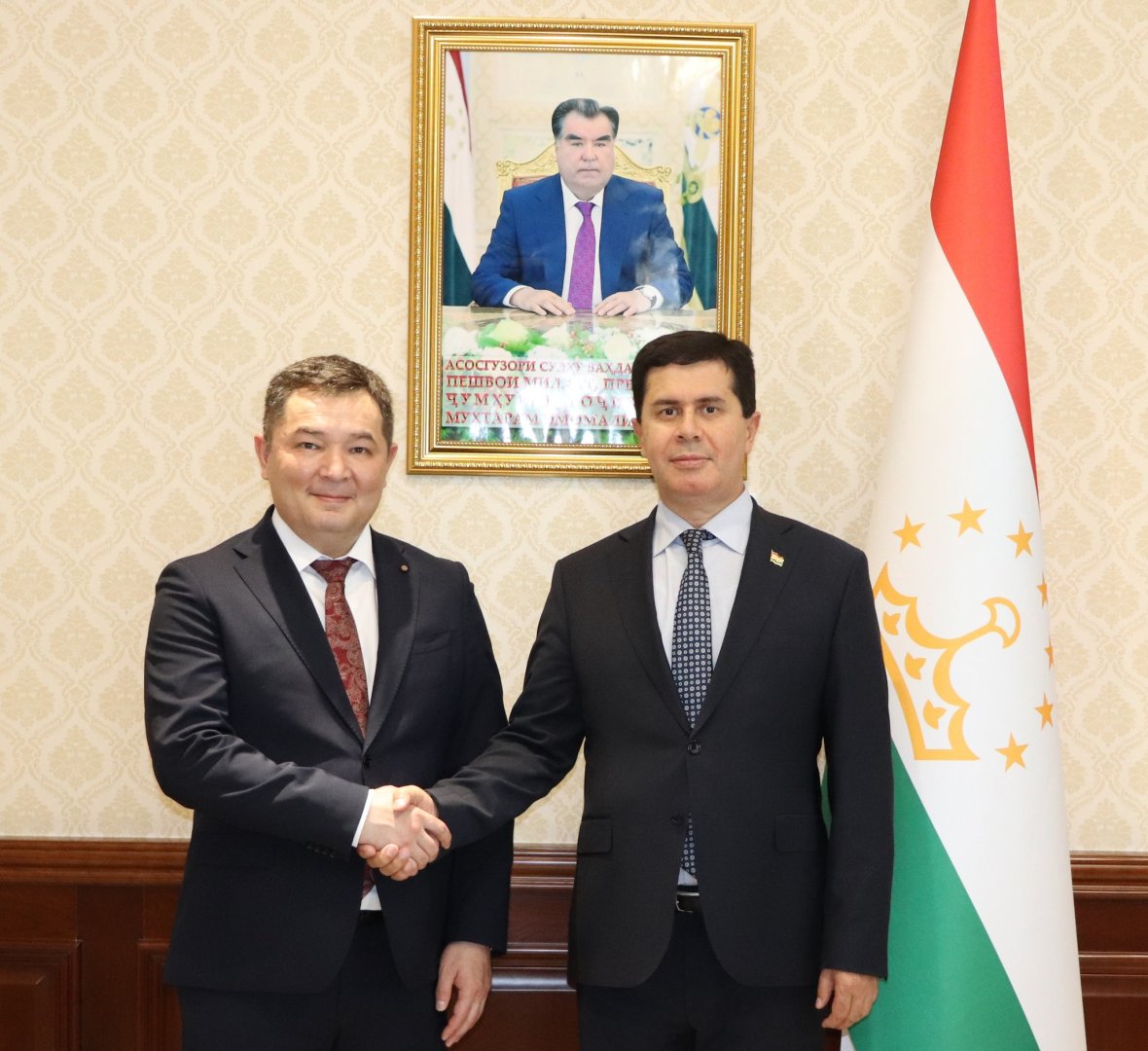DUSHANBE, Tajikistan, July 9. Kyrgyzstan and Tajikistan have expressed readiness to develop and implement a joint Roadmap aimed at increasing bilateral trade to $500 million in the medium term, Trend reports, citing Tajikistan’s Ministry of Economic Development and Trade.
The commitment was announced during a meeting between Tajikistan’s Minister of Economic Development and Trade, Zavqi Zavqizoda, and Kyrgyzstan’s Minister of Economy and Commerce, Bakyt Sydykov.
The upcoming roadmap will outline key measures to enhance trade cooperation, including steps related to the export and import of key goods, simplification of trade procedures, transport and transit of goods, digitalization, e-commerce development, and the use of economic and trade corridors.
During the meeting, both ministers discussed the current state and prospects of trade and economic relations between the two countries, emphasizing the importance of strengthening mutually beneficial cooperation.
Zavqizoda noted that bilateral ties have reached a new level of quality, creating a solid foundation for joint projects and broader regional cooperation.
Meanwhile, on July 8–9, Kyrgyz President Sadyr Zhaparov is on an official visit to Tajikistan. During the visit, he held talks with Tajik President Emomali Rahmon. The negotiations concluded with the signing of several documents, including an agreement to establish a Kyrgyz-Tajik Intergovernmental Council, to be jointly chaired by the Chairman of the Cabinet of Ministers of Kyrgyzstan and the Prime Minister of Tajikistan.
Zhaparov also met with Rustam Emomali, Chairman of the National Assembly of the Supreme Assembly of Tajikistan, and participated in the Kyrgyz-Tajik Investment and Economic Forum held in Dushanbe.
The data from the State Statistical Committee of Kyrgyzstan shows that trade between the two countries has seen significant growth. From January through April 2025, bilateral trade reached $2.071 million, a more than fivefold increase compared to 2024 ($405,000). Kyrgyz exports to Tajikistan surged 81-fold—from $17,000 to $1.425 million—while imports rose 66 percent, from $387,000 to $646,000.







